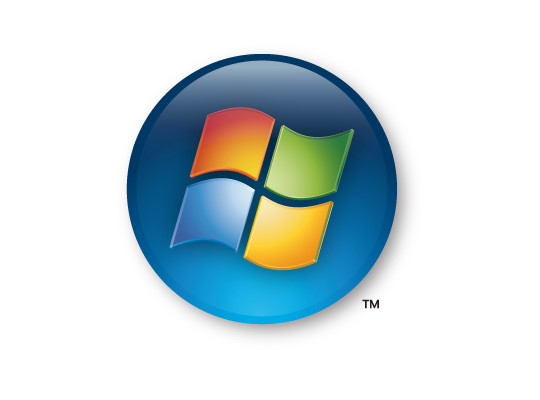Microsoft wil reclame verplicht laten consumeren

 Microsoft heeft een patent toegekend gekregen, waarmee zij zich verzekert van de aandacht voor de op een computer gepresenteerde reclame, zo meldt Computer Idee.
Microsoft heeft een patent toegekend gekregen, waarmee zij zich verzekert van de aandacht voor de op een computer gepresenteerde reclame, zo meldt Computer Idee.
Het idee is dat een telecom- of internetprovider gratis pc’s aanbiedt waarop gebruikers een account krijgen. Deze account is gekoppeld aan een user profile waarop de gebruiker van de PC credits kan verwerven door verplicht naar reclame te kijken. Het patent betreft vooral het checken van de daadwerklijke consumptie van de reclame, met een gerichte vraag na afloop of met “human interactive proof” (HIP) data. Door te werken met een user profile is het ook mogelijk om de getoonde reclame te targetten op de gebruiker. Zo kan de reclame relevant zijn.
Pikant is dat Microsoft als locatie voor het aanbieden van deze “gratis PC’s” spreekt van scholen en bedrijven. Reclame in scholen is in de VS al redelijk normaal (zelfs in schoolboeken of andere onderdelen van het curriculum), maar in Nederland zeer omstreden.
Het patent is als volgt samengevat:
“In order to attest consumption of advertising by a human, preferably a member of the target population, several mechanisms may be employed. After gathering data about a user, the targeted advertising containing both a challenge and a correct response may be presented to the user. During or after the presentation of the ad, the challenge, may be presented. The challenge may be a question about the content of the ad (who was driving the car?) or presentation of unrelated data (the response number is 213). The user may enter a response to the challenge. The response may be processed locally, for example, in a cryptographic unit. When the correct response is not included in the advertisement, the user’s response may be signed, encrypted, or both, and sent to a server for verification. When the response is verified, value may be added to a user account. The value may be used for extending a usage period for the computer, or may be stored as points and used for subsequent purchases. When processed locally, the advertisement itself may contain a provisioning packet for use in updating the user’s value account. In other embodiments, successful verification of the response, either locally or at a server, may cause a provisioning packet to be generated and sent to the user’s computer or other electronic device.”
Het laatste deel van deze samenvatting onderstreept Microsofts masterplan om op alle devices aanwezig te zijn weer.

De waarde van het patent zal afhankelijk zijn van de daadwerkelijke vraag naar dit soort computers. Gezien de hoge eisen die bedrijven en scholen aan computersystemen stellen, en de over het algemeen in voldoende mate aanwezig zijnde financiële middelen, betwijfel ik of dit patent gevolgen heeft voor de westerse wereld. Wellicht dat vooral landen met een minder gunstig economisch klimaat, zoals de derde wereld, gebruik zullen maken van dit soort producten.
Wat ook nog bepalend is voor de beleving is of de scholier een eigen PC krijgt of dat het om een openbare ‘school PC’ gaat in een computerlokaal. Credits verdienen voor jezelf kan nog positief werken, maar voor je school?
Op de meeste scholen zit wel een script kiddie om dit te omzeilen dus als ik Microsoft was zou ik met kleine pallets beginnen uit te leveren.
@ Sint,
In de VS is het heel gebruikelijk dat bedrijven scholen sponsoren. Zo zou ik dit ook zien. Maar of scholen hiervoor open staan, is inderdaad zeer de vraag. Ook in de westerse wereld zijn overigens rijken en arme scholen.
@ Erik,
Sponsoring van boeken, meubels, fruit en nu PC’s, er is blijkbaar steeds meer mogelijk. Toch is hier wel degelijk discussie over, zie ook het eventuele verbod op reclame voor kinderen.
@ Kasper,
Volgens mij gaat het om persoonlijke credits. Die je zelfs mee kan nemen, naar je Zune bijvoorbeeld, zoals Erik zegt.
@ Arjen,
Ben ik met je eens, maar als je het patent bekijkt willen ze het echt diep in de PC stoppen, zeker niet als software, maar deels als hardware.
Gerelateerde artikelen
Marketingfacts. Elke dag vers. Mis niks!
Marketingfacts. Elke dag vers. Mis niks!